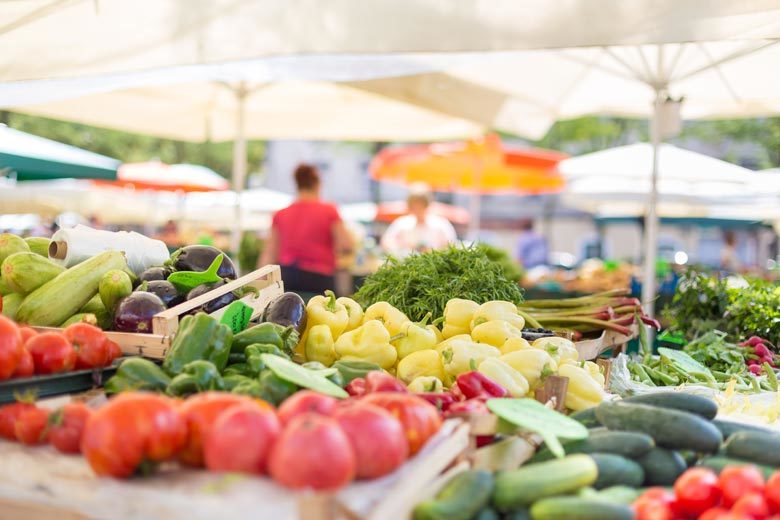
Defining career goals is a rite of passage for dietetic interns. While I knew what I wanted to do as a registered dietitian nutritionist, I had a hard time putting together a simple explanation of my aspirations. Eventually, I came across food literacy in the setting of community-based nutrition interventions as a consistent description. It still requires a little background information to explain, but food literacy lends itself well to the dietetics experience.
Food literacy is more than nutrition, health and sustainable foods systems.
Food literacy is a broad term that encompasses many areas of dietetics. Specifically, it recognizes the impact of food choices on health, the environment and the economy. The Food Literacy Center explains how every bite of food tells a story beyond the nutrition facts, such as the fuel consumed to transport it or the sustainability of farm worker wages. In practice, food literacy is a piece of the sustainable food systems puzzle. Dietetic interns and RDNs play a role in food literacy, as we know a great deal about food and can share our knowledge with those we engage with.
Examples of food literacy applications:
• Understanding the role of GMOs and organics in the food system.
The relationship between food literacy, local food and food security.
While it may be an uncomfortable topic to discuss, food insecurity could be a part your clients’ or patients’ lives. Providing resources to help them access affordable local food is an important aspect of food literacy. Examples of a dietitian’s role in food literacy and security include creating a relationship with customers at a food pantry or developing a program specific to low-income neighborhoods. There are also some food assistance programs designed to be applied at farmers markets, where local produce is the star of the show. One program, for instance, offers customers the opportunity to double their spending money for fruits and vegetables when using their federal Supplemental Nutrition Assistance Program dollars.
Applying food literacy to the dietetic internship.
As a dietetic intern, knowing the seasonal produce, farmers markets and local food assistance programs is a great way to support a preceptor in a variety of settings, while also promoting food literacy. Especially in large cities, there may be resources that your preceptor has not discovered. Backing them up with some local knowledge is a simple way to individualize patient or client care. By keeping food literacy at the heart of the dietetic internship, interns may be able to connect with patients, clients, communities and preceptors on a more meaningful level.![]() Healthy food choices extend beyond nutrition labels, and it is within our scope of practice to share the full story about what we eat with those we interact with.
Healthy food choices extend beyond nutrition labels, and it is within our scope of practice to share the full story about what we eat with those we interact with.
